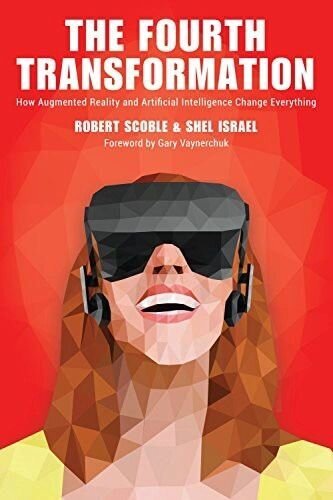The Fourth Transformation (3)
“Look forward to the future and look forward to the unknown.” — Angela Merkel, Prime Minister
Today we are going to talk about 2 AR apps and the future of AR glasses.
Pokemon Go has brought 3 key innovations:
You play it while walking around
You see Pokemon creatures, or “trophies,” on top of the real world in augmented reality.
Pokemon uses phone sensors to control the playing surface.
Players start off by walking around at a map. They click when they see a character and that switches them into AR mode, where the trick is to bag trophies by beaning them with red-and-white balls to score points.
When players run out of the balls, they must visit Pokestops, real places of interest in the player’s neighborhood where they stock up on items that allow them to advance in the game. To obtain the balls, they use PokeCoins, which are a form of virtual cash that you acquire with real money charged to your credit card. It is a very clever model to make money.
And this is a key point of our evolutionary metaphor. The headset makes you appreciate the AR experience; headsets make you love it. As the devices themselves evolve, more and more people will opt for having headsets.
Snapchat AR lenses
Snapchat introduced AR on mobile phones in 2015 as part of its successful strategy to become the social platform of choice for youth and young adults.
Here are some of Snapchat’s innovations:
Video clips disappear 24 hours after the user post.
AR lenses
Pinpoint marketing: based on location, time of day, personal profiles, and buying patterns.
Pinsnapping: using geofilters to send event-related offers just to Snapchat users. Mass micro marketing
Celebrity Pinpoint Marketing: using geofilter and marketing strategy
Head up and hands-free
The future of AR is in mixed reality. Smart glasses that integrate reality and computer-generated images so tightly that you cannot tell the difference between them are the main event in terms of products that will drive the Fourth Transformation.

